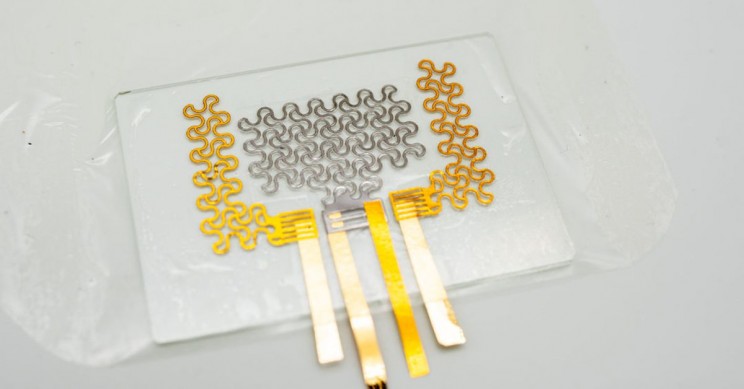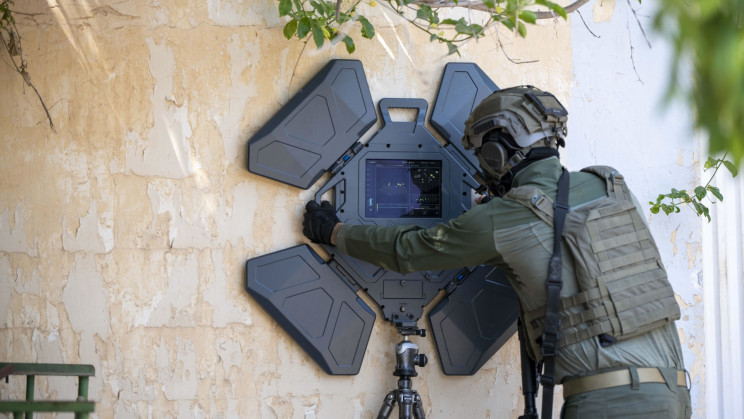According to World Health Organization (WHO), cardiovascular diseases (CVDs) are the number one cause of death globally. People suffering from hypertension, diabetes, hyperlipidaemia, obesity are at high risk. To prevent or treat heart disease, regular monitoring of heart is essential.
In a big breakthrough, researchers from University of Texas at Austin have developed a new wearable, ultra-thin electronic device – e-tattoo that could enable easier and more accurate heart monitoring than existing electrocardiograph machines.
Powered remotely by a smartphone, this electronic tattoo (e-tattoo) is a graphene-based wearable device that can be placed on the skin of the patient for measuring range of body responses, from electrical to biomechanical signals.
Made from a piezoelectric polymer called polyvinylidene fluoride, e-tattoo is very light in weight and is stretchable. The device has been designed in the way that it can be placed over the heart for extended periods with little or no discomfort and it measures cardiac health with the help of simultaneous electrocardiograph (ECG) and seismocardiograph (SCG) readings.
Most of us are familiar with ECG, which is a method that records the rates of electrical activity produced each time the heart beats and SCG is a measurement technique using chest vibrations associated with heartbeats.
Nanshu Lu, Associate Professor at the University of Texas at Austin, said, “We can get much greater insight into heart health by the synchronous collection of data from both sources,”







